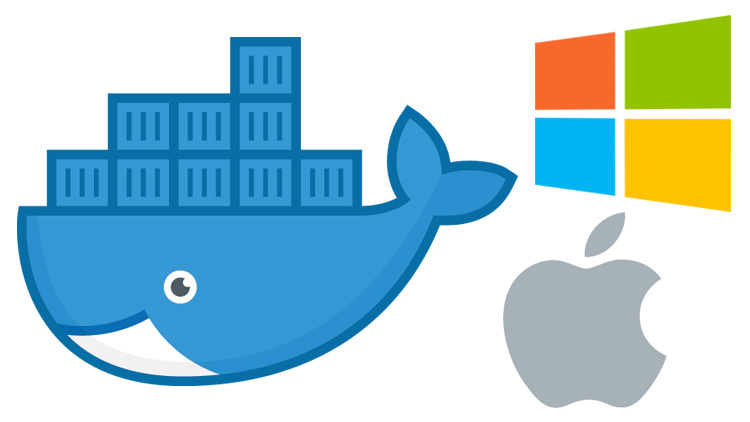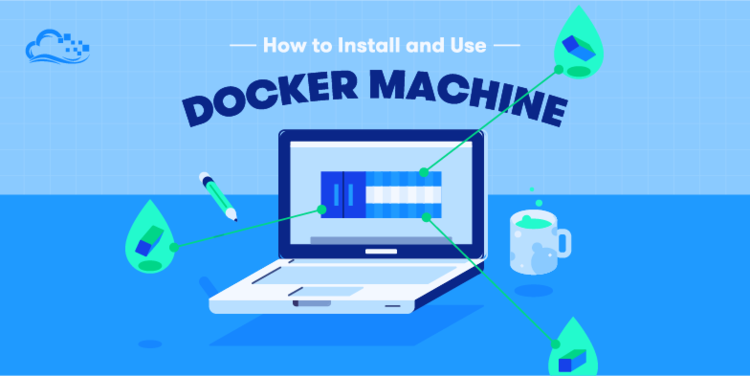How To Set Hosts In Docker For Mac
- $ brew cask install docker $ brew install node. The first command updates the Homebrew repository. The second command will install Docker For Mac on your machine. The last command installs Node onto your machine. Once Docker For Mac is installed, you may need to run it by looking for it in your Applications folder and opening the program.
- Instead of only controlling things at a container level via docker run my-image, you can now declare a desired state for a service using the command docker service — provided you’ve set up your hosts in a Swarm cluster.
Running Docker Toolbox and Docker for Mac on the same host You can run both Docker Toolbox and Docker for Mac on the same system, but not at the same time. When you use Docker for Mac, you need to unset all of your environment variables, using one of the methods above.

Setting DOCKERHOSTIP The best way to run the is using. Each application comes with a docker-compose.yml file that runs the services. Also, if you are using there is a docker-compose-eventuate-local.yml file that runs the application services and the Eventuate Local infrastructure services: MySQL, Kafka and the CDC service. In order to correctly configure Eventuate Local, you must set the OS environment variable DOCKERHOSTIP. This variable sets the advertised listener of the Kafka container. It must be an IP address (or a DNS name) that is accessible from both Docker containers and, if you want to do development, from applications running on the host. Unfortunately, because of version/platform-specific variations in how Docker works, setting this variable is a little tricky.
How to set DOCKERHOSTIP Docker version Set DOCKERHOSTIP to Docker ToolBox/VirtualBox-based Docker IP address of VM Docker for Windows (native) IP address of PC Docker for Mac (native) See below Other platforms/versions Host name/ IP address of machine Docker for Mac (native) Docker for Mac is particularly problematic because of. The solution is as follows.

Docker for Mac Support Docker for Mac is a native hypervisor implementation of Docker that does not rely on a virtual machine provided by Docker Machine. It is new with some limitations and potential conflicts with DevTools. We will highlight the path to a peaceful coexistence. Using only the Docker for Mac Binaries Docker for Mac provides docker and docker-compose binaries in /usr/local/bin.
This install location conflicts with the binaries provided by Homebrew, but DevTools can use these binaries too. If you have installed Docker for Mac first, you will get errors when trying to install the docker and docker-compose binaries via Homebrew. Those errors are fine, as long as when all is said and done docker, docker-compose, and docker-machine are all available on your $PATH. To use the binaries with your DevTools VM you simply need to run the eval '$(devtools config)' command to setup your Docker environment. This will point the docker to your VM.
How To Set Host In Docker For Machine

You will need to do this in every shell that you want to use the DevTools VM. If you then need to transition back to using the Docker for Mac hypervisor, you will need to unset the DevTools docker configuration. Use eval '$(docker-machine env -u)' to unset all DOCKER. environment variables. If you need to do this often, we recommend setting up aliases to set/unset the env vars.
Over the course of her undergraduate and graduate work, she studied at Meiji University, Nanzan University, and Himeji Dokkyo University. Usc by tatiyana. In East Asian Languages and Cultures at the University of Southern California after researching twelfth century epidemics and disease. In 2014, she began working with the Mainichi Shimbun as an assistant correspondent covering international news, and in 2016, she returned to USC for her doctoral studies in premodern Japanese history. Her current research interest is the history of premodern Japanese food.
Alias dte='eval '$(devtools config)' alias dtu='eval '$(dcoker-machine env -u)' Using the Docker for Mac Binaries and Hypervisor To use the Docker for Mac Hypervisor follow the basic instructions below. Networking limitation when using the Docker for Mac Hypervisor There are some with the way networking is implemented with Docker for Mac. Most notable we can not directly access containers on their native IP address due to the lack of the docker0 bridge network that exists in the Docker Machine VM implementation. These limitations inhibit the fluid environment that DevTools enables and as such is not natively supported (yet). We have done our best to highlight the issues and some of our ideas for workarounds below. Let us know how it goes if you venture down this path.
Setup /data DevTools makes a convention out of a /data directory within the VM. To provide the same directory to Docker for Mac, create a /data directory in the root of your Mac filesystem. You may need to open up the permissions so the container(s) can write to it. Sudo mkdir /data && sudo chmod 777 /data Once you have created that directory, go into Docker for Mac Preferences File Sharing and add /data to the list of shares and Apply & Restart Docker for Mac. With this /data directoy setup your Compose files should work on either the Docker for Mac Hypervisor or the DevTools VM.
Accessing your Container Services Docker for Mac does not provide a mechanism to route network traffic directly to your containers, they only support publishing (binding) ports from your running containers to your host. This means that all services are accessed on localhost (127.0.0.1) and share the same port space. (Two web server can't both publish to port 80).